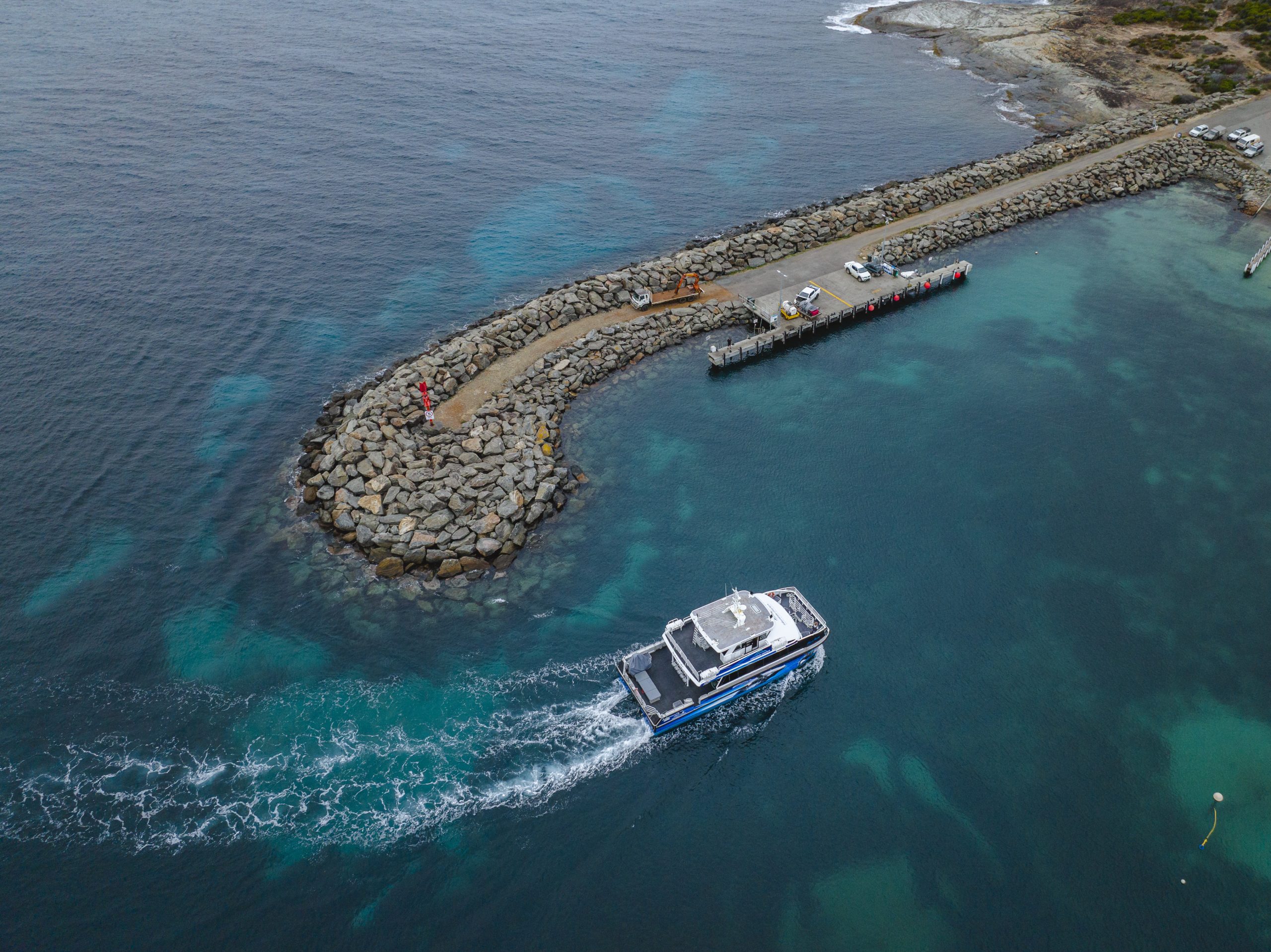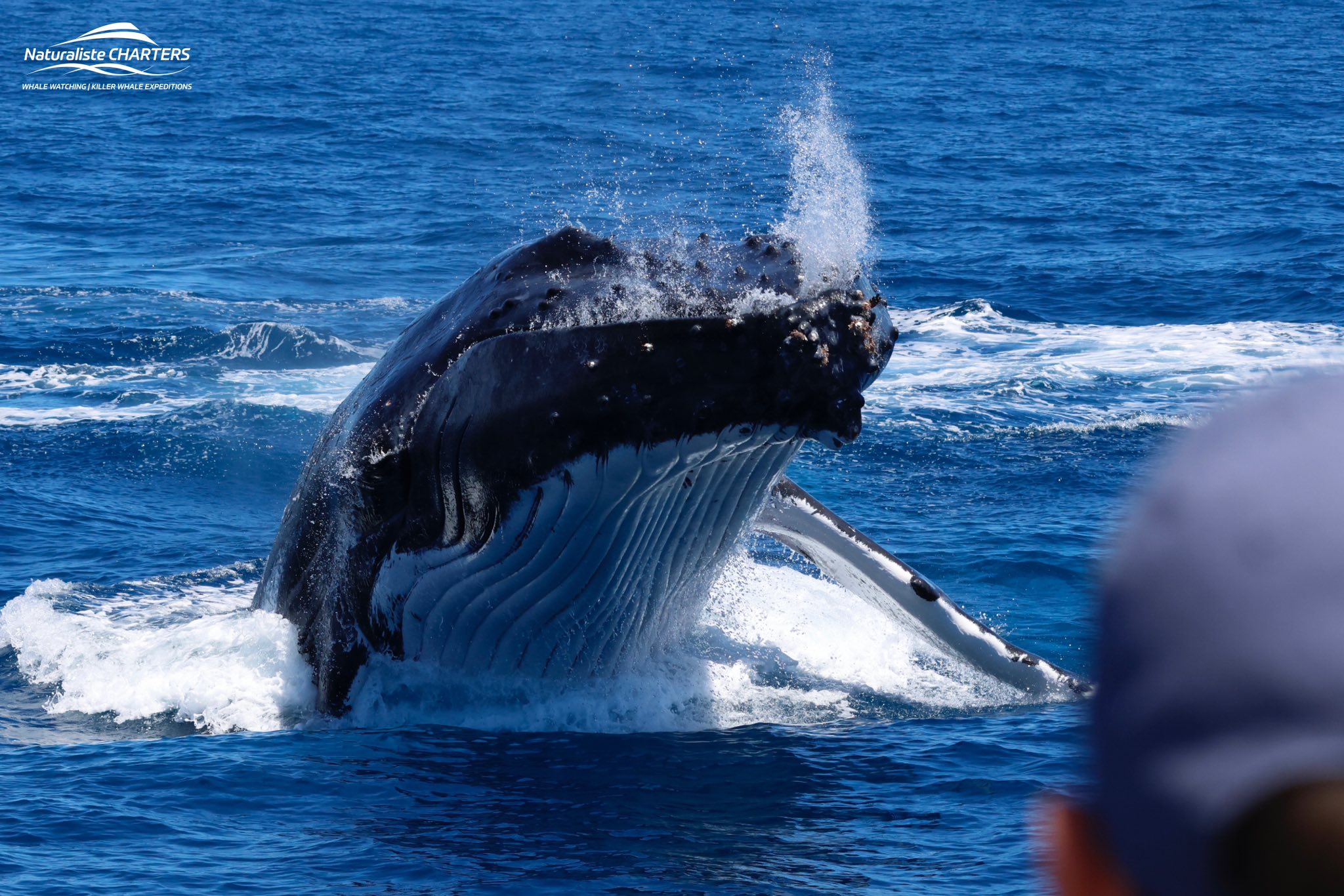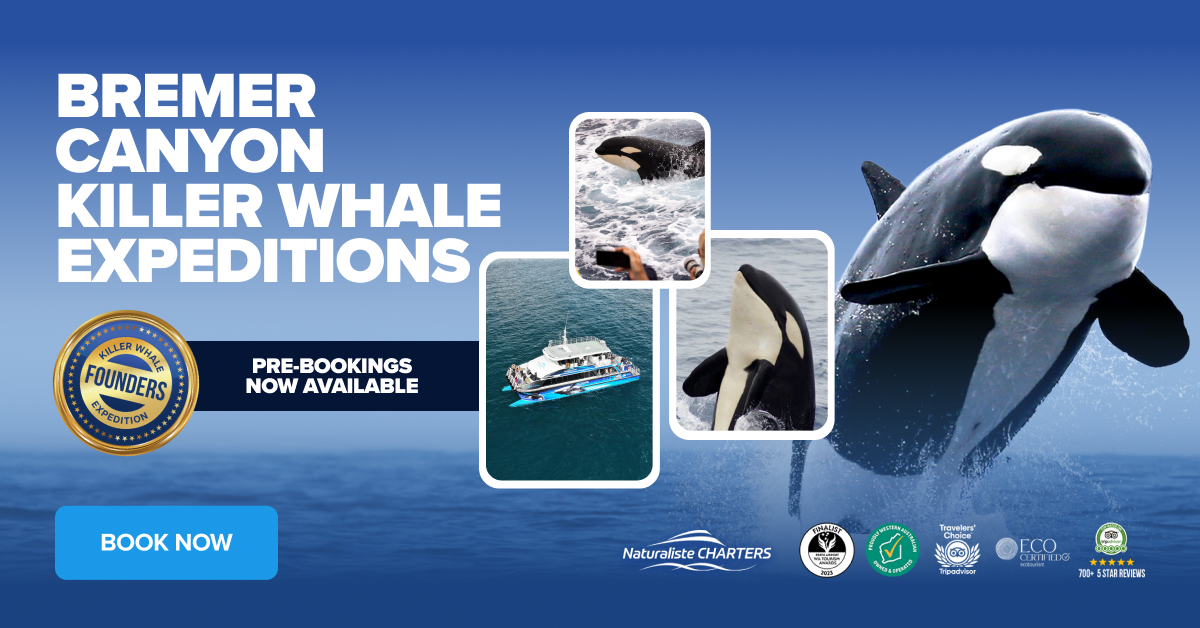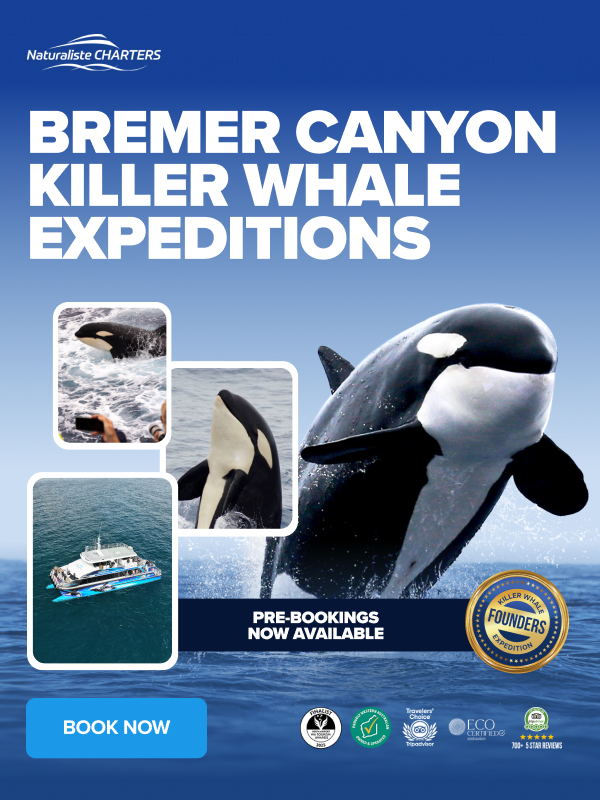Bremer Sub-Basin Ecosystem
The Bremer Sub-Basin, with its intricate submarine canyons, plunges to depths exceeding 4500 metres. Moreover, it supports a vibrant ecosystem teeming with life.
These canyons channel seasonal upwellings, delivering nutrients to the sunlit waters. As a result, phytoplankton flourish and fuel a thriving community.
This abundance cascades through the food web, sustaining pelagic species. Consequently, seabirds, cetaceans, sharks, and squids thrive within the Bremer Sub-Basin.
Unpredictable Moments in the Bremer Sub-Basin
Yet, as seasonal rhythms shift, so too does the pulse of life within the Bremer Sub-Basin. When temperatures fall and seasons wane, unpredictability dominates the waters.
Days once alive with activity yield to calmer moments, as if the Southern Ocean itself holds its breath. Meanwhile, apex predators such as orcas adjust their movements and behaviour.
Once reliable, their presence becomes sporadic. Consequently, researchers are left questioning the enigmatic shifts in orca distribution within the Bremer Sub-Basin.
With only rare encounters and a single confirmed re-sighting in ten years, the mystery deepens. These predators either vanish into depths or alter their habitats.
Scant Signs of Life
Venturing west from the hotspot, our journey revealed a vast azure expanse. However, signs of life were limited. Only fleeting glimpses of juvenile flying fish and seabirds crossed our path.
The distant spouts of unseen giants hinted at deep-diving species. Their elusive behaviour added intrigue to the already mystic waters.
Amid calm seas, a sudden appearance broke the surface. A smooth hammerhead shark emerged, a striking silhouette against the waves. Though shy and elusive, it reminded us of the rich biodiversity below. The shark escaped the camera, yet it left a lasting memory.
Elusive Orca in the Bremer Sub-Basin
Scanning the horizon, our search for orcas proved fruitless. Eventually, we made a reluctant return. Still, as the sun dipped, amber hues lit the seascape. Hope lingered for the next day’s voyage in the Bremer Sub-Basin.
Passing Glasse Island, we admired its resident Australian sea lions. Oblivious to predators, they basked contentedly in the afternoon sun.
In the Bremer Sub-Basin, each day delivers fresh discoveries and challenges. Therefore, we embrace uncertainty as part of exploration. Beneath the waves lies a world of hidden wonders waiting to be revealed.
Visit Facebook for more photos from this expedition.
Augusta Whale Watching commences May 25. Book here.
Unveiling Orca Diets in the Bremer Sub Basin
As the 2025–26 season approaches, we are excited to announce a new collaboration with Oceans Blueprint and Edith Cowan University. Together, we will investigate the feeding ecology of the orca (Orcinus orca) population observed seasonally in the Bremer Sub-Basin, Western Australia.
In addition, this orca diet research will provide vital insights into how these apex predators interact with their environment. It will also highlight how orcas adapt to seasonal changes in their ecosystem. See more information on our orca diet research here.





